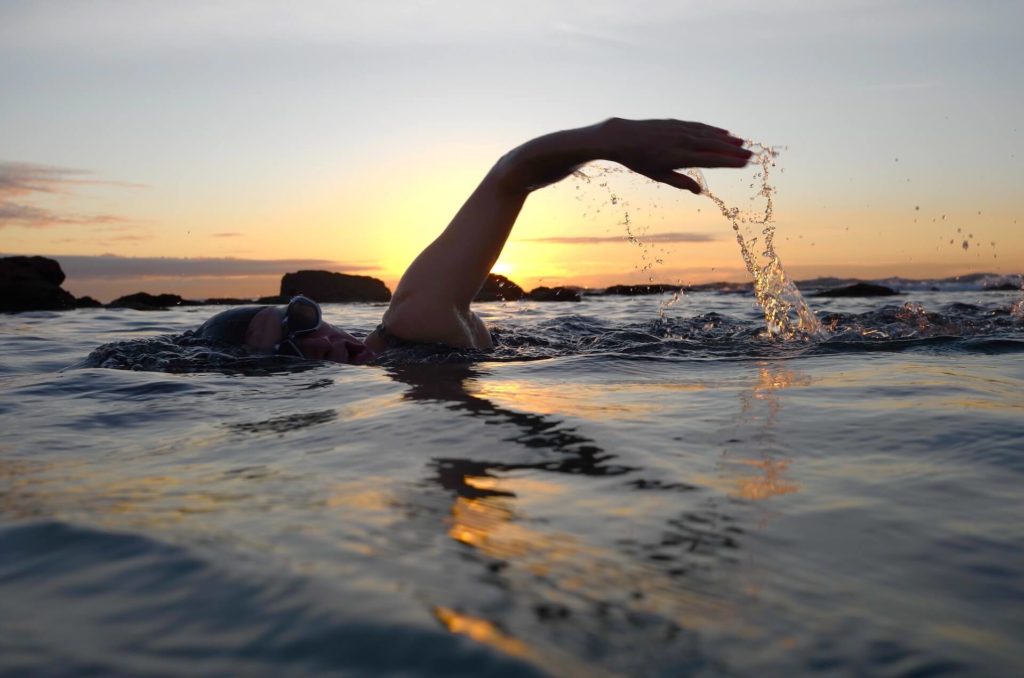When most people think of meditation, they think of sitting in a quiet room with their eyes closed, focusing on their breath. This is one type of meditation, but it’s not the only one. In fact, there are many different ways to meditate, and each person can find the method that works best for them. One great way to meditate is to go swimming! Swimming can help you find inner peace and get in touch with your thoughts and feelings. In this blog post, we will discuss how swimming can be used as a form of meditation, and we will provide tips on how to get started.
Swimming is a great way to practice meditation. The rhythmic movements of each stroke help you get in tune with your body and focus on the present moment. Additionally, the breathing techniques associated with swimming can be used as a form of breathwork, which is one of the core components of many forms of meditation. The three main strokes used for swimming are freestyle, backstroke, and breaststroke. Each stroke has its own set of benefits, so it’s important to explore them all to find which one works best for you.
Freestyle stroke: This type of stroke is used to move forward in the pool and is great for improving cardiovascular endurance. Focus on long, deep breaths as you swim.
Backstroke: This stroke is best for swimming longer distances. Focus on keeping your head and spine aligned while focusing on each breath and keeping your body loose.
Breaststroke: This stroke helps improve balance and coordination, as well as being a great way to relax in the water. As you swim, think about how your arms and legs are working together with each breath you take.
Swimming can also be beneficial for people who may not be able to participate in other forms of exercise due to joint issues or physical limitations. Swimming puts minimal strain on the joints while still providing an excellent cardio workout. Plus, swimming can be enjoyed by people of all ages!
To get started with swimming meditation, start off slowly and focus on your breathing as you swim. Begin with a warm-up stroke that allows you to move freely in the water and gradually build up to more vigorous strokes as you become more comfortable and confident in the pool. Also, try not to let yourself get distracted by any external factors and stay focused on your breath. As you practice, think about how the rhythm of your body matches the rhythm of your breath. This will help keep you centered and present in each moment.
Swimming can be an excellent form of meditation, helping us connect with our inner peace and allowing us to be mindful of our thoughts and feelings while getting some much-needed exercise. With its relaxing effects, swimming can be a great way to take a break from the hustle and bustle of modern-day life. So make sure to give it a try next time you’re looking for a way to practice mindful meditation.
Happy swimming!












